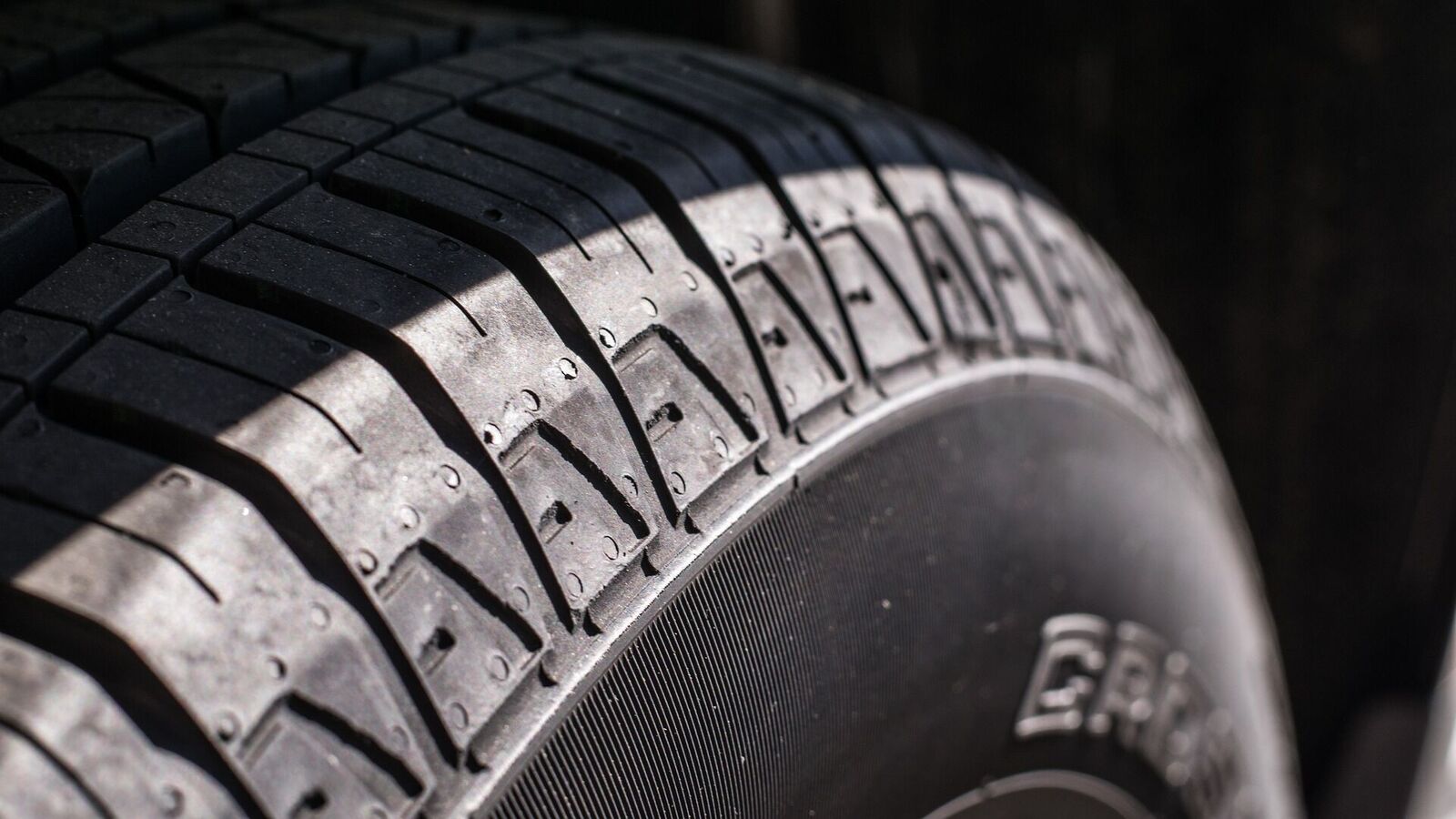- Wheel alignment, wheel balancing and tyre rotation are some of the key maintenance works for any vehicle that are usually neglected by many.
While people who love to drive and are enthusiasts about cars usually take good care of their cars, they often tend to miss taking care of the tyres. The tyres act like the legs of a vehicle and these components maintain direct contact with the road surface. A worn-out or misaligned or imbalanced tyre can pose a grave threat to the vehicle’s safety.
This is where the wheel alignment, wheel balancing and tyre rotation come into play. Performing these maintenance works ensures better control over the vehicle via better control over the wheels of the car. In a nutshell, wheel alignment, wheel balancing and tyre rotation should be a crucial part of a vehicle’s overall maintenance work.
Also Read : How to take care of your vehicle tyre this monsoon: Life-saving tips
What is wheel alignment
Wheel alignment is the alignment of all four wheels of a car with each other and the car’s body frame. Wheel alignment helps us to know if the wheels of a car are aligned at their optimum position as they should be. Any problem with the car’s wheel alignment can affect its suspension setup, impact the driving and riding quality and comfort adversely, and the driver may feel uneasy while handling the steering.
How to know wheel alignment is off
If you see the manufacturer’s logo on the steering wheel is not straight, it may be a sign that the wheel alignment is off. You might also feel that the steering wheel is vibrating when the vehicle is in motion; which is often caused by misaligned or unbalanced tyres.
Another key sign of a misaligned wheel is steering pulling. While driving the car, the driver may feel that he or she has to fight the steering wheel to prevent the vehicle from sliding left or right, while driving straight. If the car drifts or swerves to a particular side, it is a clear sign that the wheel alignment is off.
Uneven tyre wear can be a sign of misaligned wheels. In fact, it is one of the most common signs of wheel misalignment. If all four tyres of the car do not have the same wear pattern on the tread, it is probably because the alignment is off.
What is wheel balancing
A key tyre care procedure is wheel balancing. It is equally important as wheel alignment. Wheel balancing is the alignment between the weights of all tyre and wheel combinations of a car, which means the weight of one wheel assembly should remain in equilibrium with all other wheel assemblies of a car. If this balancing is not maintained, it can impact the driving quality of the vehicle and damage the suspension.
For wheel balancing, usually, trained professionals remove the wheel assemblies from the car and mount them on a balancing machine. The machine spins each wheel to ensure the weight of the wheel and tyre are balanced evenly around the axle. The wheels are inspected at rest and in motion, which ensures both static and dynamic imbalances are detected and located. A lead weight is attached on the opposite side of the tyre to compensate for weight differences. After that, the wheel assemblies are remounted to the vehicle.
When to perform wheel balancing
Usually, when a tyre is replaced or repaired the wheel balancing should be performed. If any balance weight attached during the wheel balancing is moved or falls off, the wheel balancing should be done again. If there is uneven wear and tear on the tyres, if a new tyre is purchased and installed, if the vehicle meets a bad impact or accident, and if the steering or suspension components are replaced, the wheel balancing should be performed.
What is tyre rotation and how it is important
Tyre rotation is swapping the location of tyres on a vehicle – either front to back or side to side. Tyre rotation should be performed on every car, as tyres at different positions wear at different rates. Since most cars have front-wheel-drive, the front tyres wear faster given they are on the drive axle. In rear-wheel drive vehicles, the rear wheel tends to develop wear and tear faster than the front tyres.
The tyres should be rotated every 8,000 kilometres, which for many is the duration of periodical maintenance work when the general servicing like oil changes is done. Tyre rotation allows for delaying the wear and tear of the tyres and ensures a longer lifespan for them.
First Published Date: 26 Aug 2024, 12:54 PM IST

